LED lights are becoming more common. They look similar to the light bulbs that have been in use for the last 150 years, but they use less energy and last much longer. How do they work? Science communicator Mike Stone investigates.
Making light
Light is released when electrons in a substance are excited, and different substances release different colours of light. When an atom is given more energy, its electrons jump to a higher energy level, i.e. further from the nucleus, for a fraction of a second. When they drop back to a lower level the electrons release that energy as light. The greater the energy drop the higher the frequency of light emitted. Light energy is released in particle-like packets called photons, which have energy and momentum but no mass. The light that our eyes can detect is just a narrow part of the electromagnetic spectrum. And while all sources produce light by exciting electrons, the difference is how these electrons are excited.
Older light sources
The light bulbs we may be more familiar with are called incandescent bulbs. In these, the electric current heats a thin metal filament which then glows, making light and heat (Heat can also be thought of as light, in the form of infrared radiation. Both visible light and IR are parts of the electromagnetic spectrum). The filament is made of tungsten, the only metal which will heat to 2500°C without melting (As the metal is heated the atoms start to jiggle in place, faster and faster (increasing their kinetic energy), and their freely moving electrons become excited too, releasing energy as light). And it is a coiled coil, which fits 2 m of wire into a much smaller space inside the light bulb.
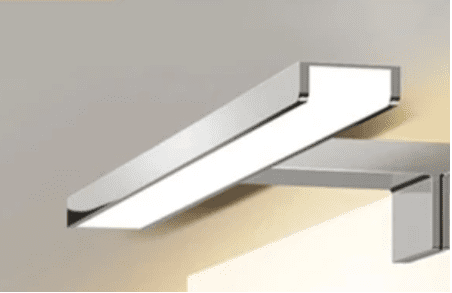
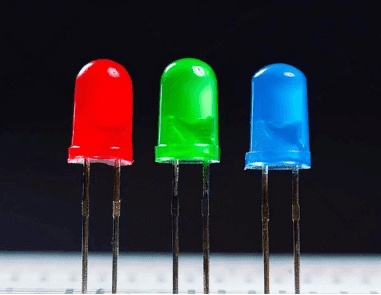
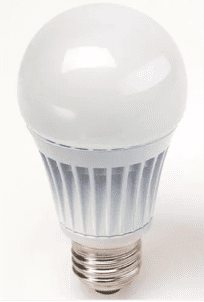
To stop the metal oxidising, the filament is surrounded by a gas like argon enclosed in a glass bulb. These bulbs emit light in all directions and have a lifespan of about 1,200 hours. Incandescent bulbs are not very efficient because most of their energy is radiated as wasteful heat rather than visible light. They are most commonly used in homes as they give a warmer glow. Fluorescent bulbs generate light by exciting a gas, in a long cylinder or in a more compact coiled form. The sealed glass tube has an electrode at each end and is filled with a gas, often argon. It also contains mercury gas and phosphor powder. When a voltage is applied, the mercury and phosphor are excited, emitting light. Mercury tends to emit ultraviolet light, and the phosphor converts this to white light. These bulbs are more efficient than incandescent bulbs and can last for 10,000 hours. But the toxic mercury makes their disposal hazardous. They are seen as a cooler glow so are mostly used in larger, communal spaces. Despite the disadvantages, incandescent and compact fluorescent bulbs are still in use, mainly due to their price which is a third the cost of LEDs.
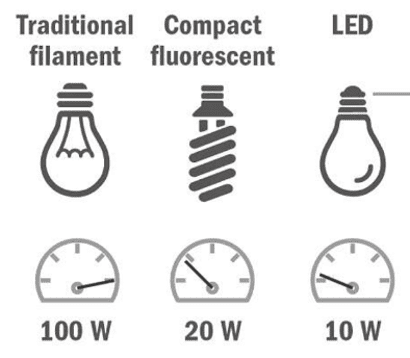
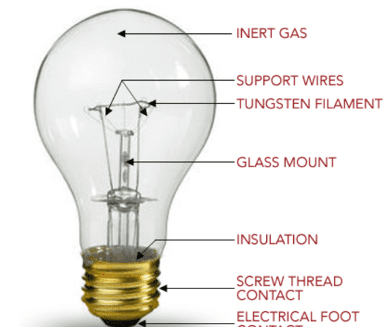
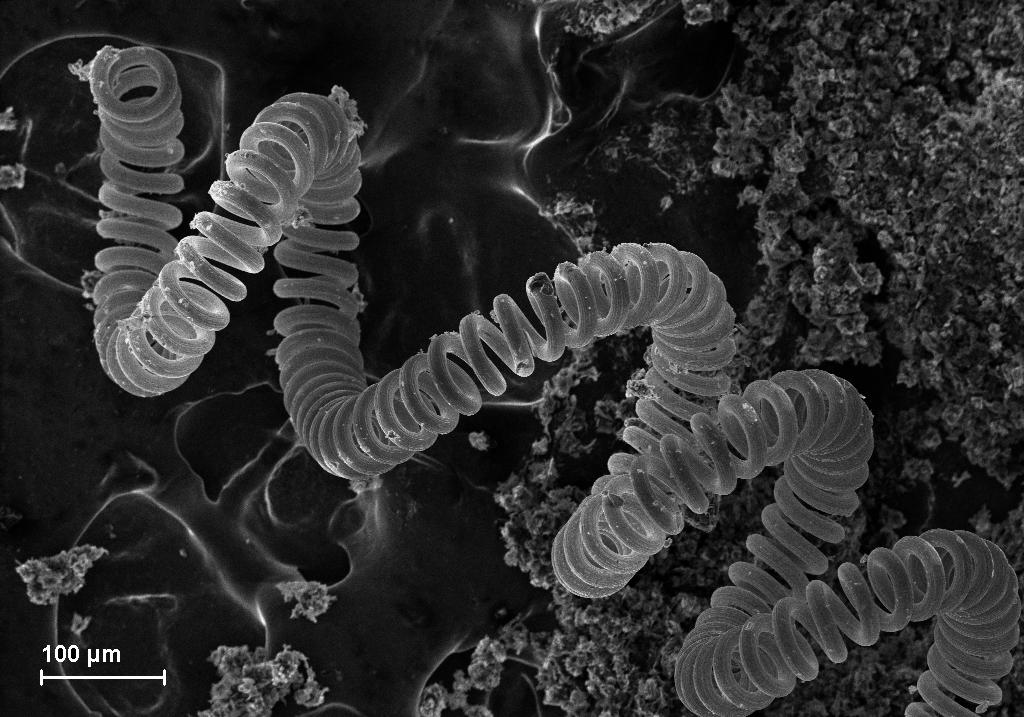
What is an LED?
A diode is an electrical component that only allows current in one direction. Light-Emitting Diodes (LEDs) are made of crystals that emit light but not heat (this means they are very efficient). The crystal is a semiconductor, often aluminium gallium arsenide (AlGaAs), although gallium nitride (GaN) is better but is fragile. New LEDs are being developed from semiconductors called perovskites.
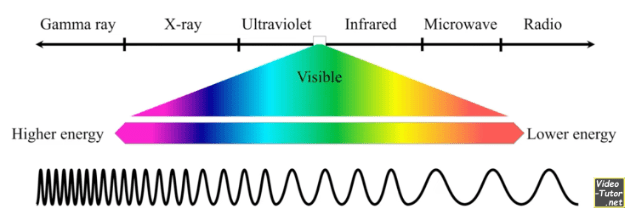
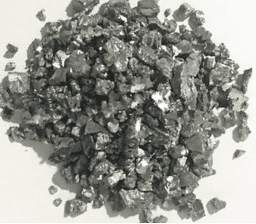
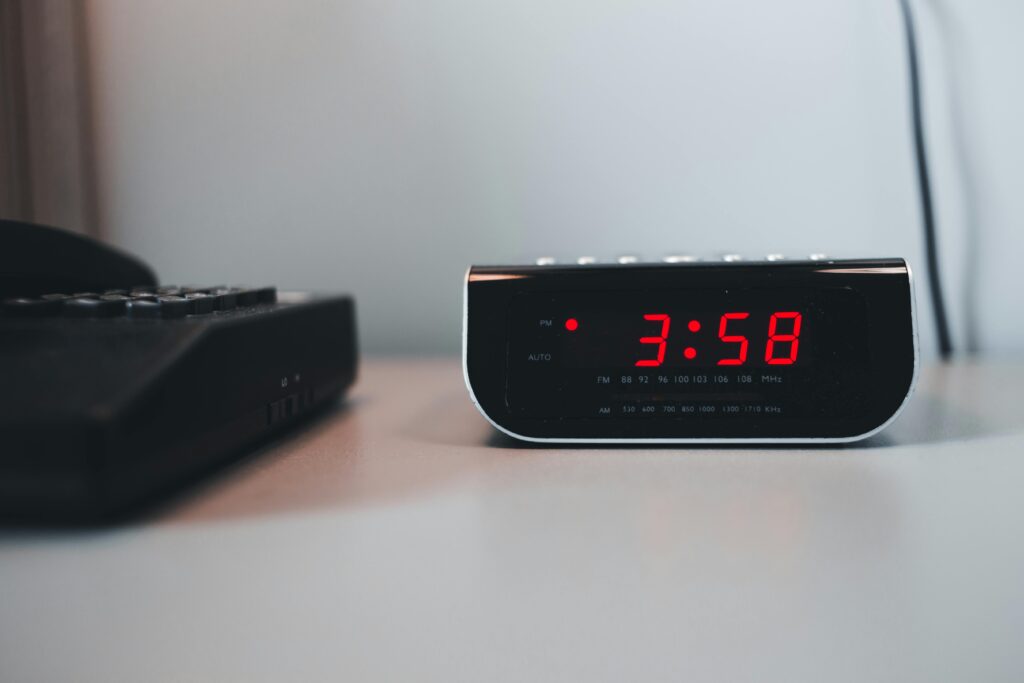

The crystals are arranged in two layers; one layer has lots of high energy electrons (n-type layer); the other layer has spaces for electrons (p-type layer). If voltage is applied to the n-type layer its electrons will move to the p layer, become excited, and release energy as light. The colour of the light emitted depends on the size of the band gap between the layers, the larger the gap, the shorter the wavelength of light. Early LEDs gave off red light but as engineers worked out ways to make a larger gap they could make orange, green and eventually blue light. Creating a large band gap is very complex and the three scientists who figured out how to overcome the technical difficulties to make blue LEDs won a Nobel prize in 2014. LEDs are cheaper to run and can last for up to 25,000 hours – they don’t burn out like incandescent bulbs, they just gradually fade over time. LEDs emit light in one direction and can be dimmed, but not by reducing voltage. LEDs contain arsenic and sometimes lead which makes their disposal hazardous. As the outlay cost comes down, LEDs are starting to replace incandescent and fluorescent lights because LEDs are more efficient and reliable, are cheaper to run and last a lot longer.
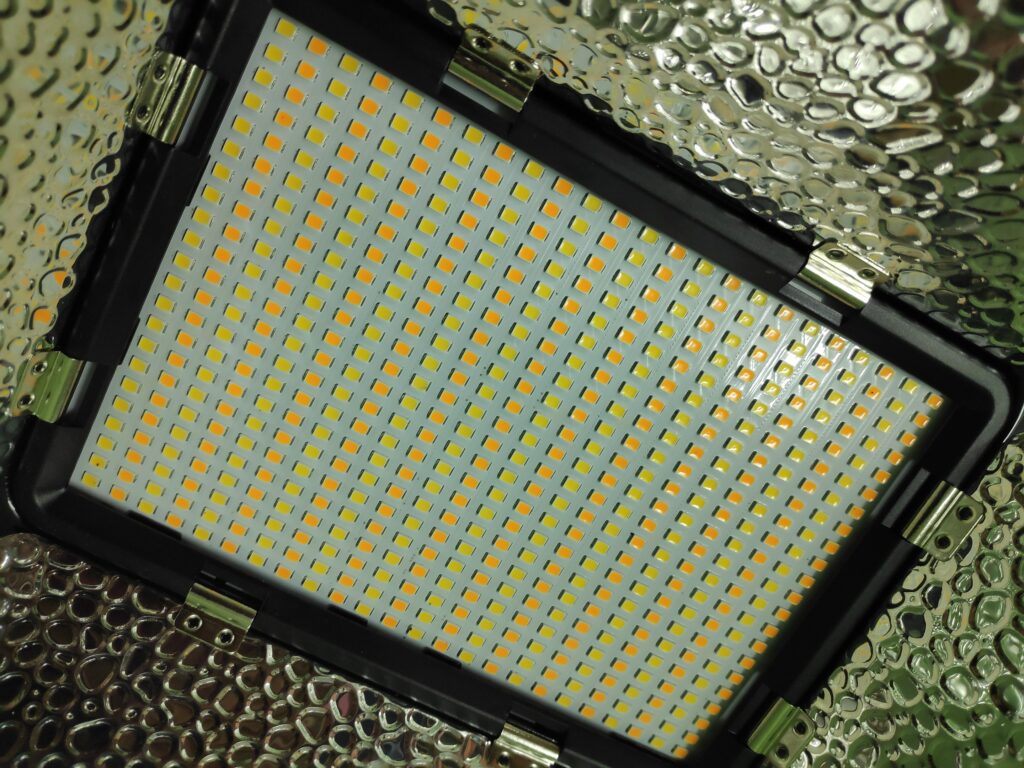
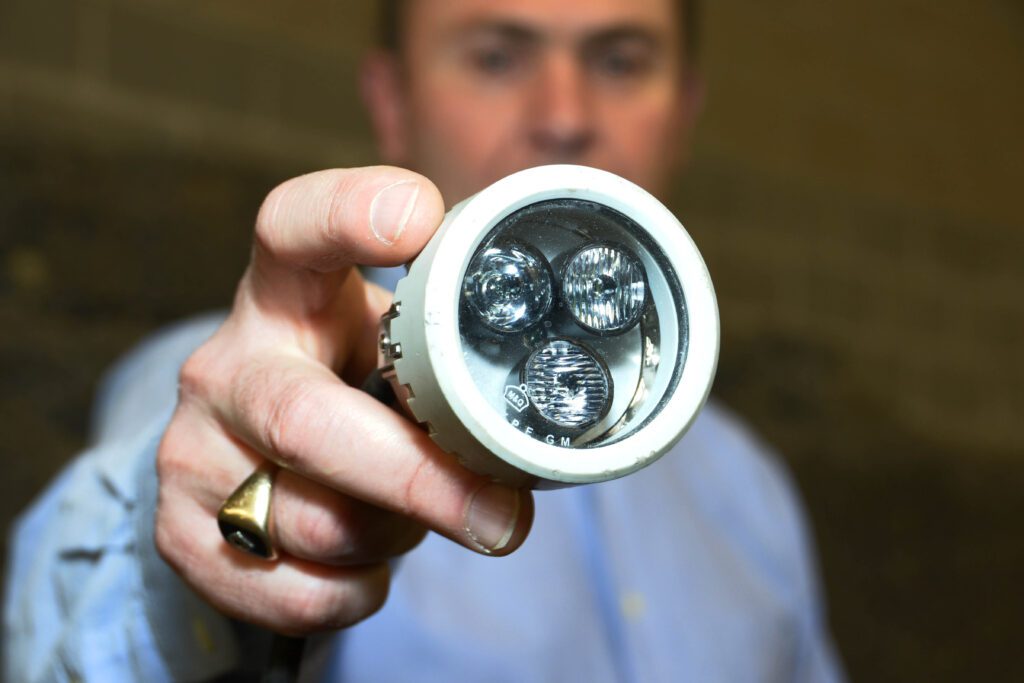
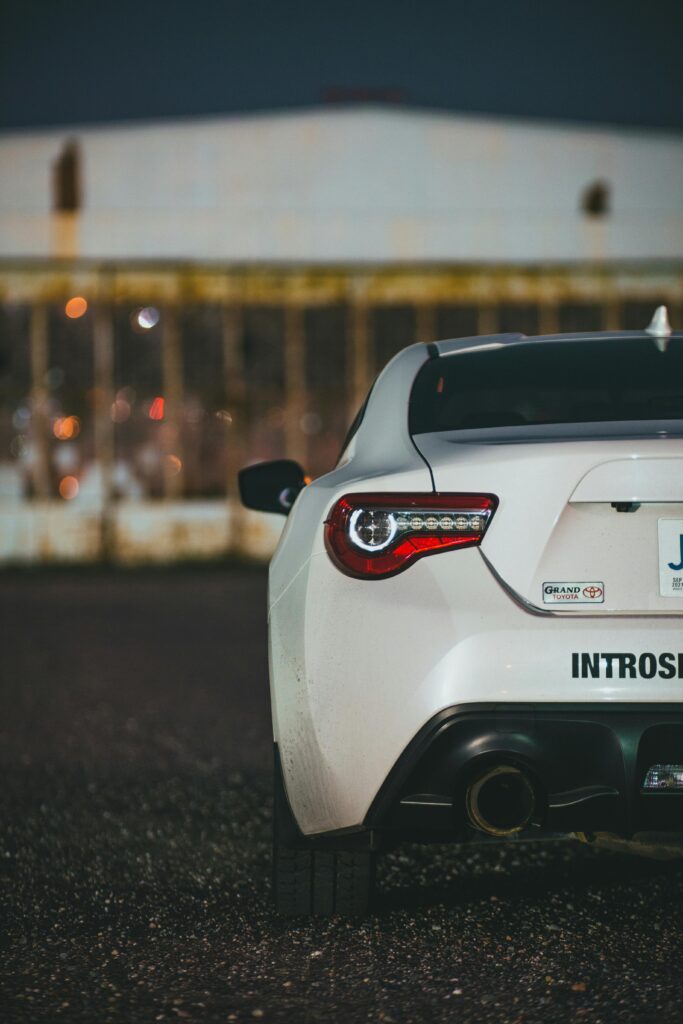
How are LEDs used?
In 1907 a diode of silicon carbide crystals was first observed to produce light. In 1927 the first LED was made and explained, but it wasn’t until the 1960’s that advancements made LEDs practical to use. Initially LEDs only emitted red light and were used as indicator lights in computers, calculators, radios and to illuminate numbers in digital clock faces.
The array of red, white and blue LEDs available today can be used in traffic lights or in TV and computer screens (where it is possible to see the tiny red, green and blue dots with a magnifying glass). As the technology advances we are also starting to see flexible screens.
To be useful to light our homes, LEDs needed to give off a range of light frequencies across the visible spectrum, producing white light like the sun. LEDs can make white light in two ways. In a lamp containing red, green and blue LEDs, the three colours will combine to give white light. Or, one LED can produce white light if the light from a blue LED is used to excite phosphor within the bulb to emit white light.
As well as lighting, LEDs can be used as indicators, to display numbers and letters, to send data, in UV barcode scanners and many other uses. These lights can be small in size but some LED bulbs look similar to traditional light bulbs.
All LEDs release photons, but not all photons are visible. In a standard silicon diode the gap is so small the photon’s frequency is invisible to the human eye – it’s in the infrared portion of the light spectrum.
This isn’t necessarily a bad thing: infrared LEDs are ideal in remote controls. Whether considering ultraviolet or visible light or infrared radiation, all those photons are produced by the electrons’ dance going from a high level to a lower level. In a typical building, lighting uses about 10% of the total electricity so using energy-efficient LED lights can lower the power bill. Globally, it is estimated that 20% of electricity is used for lighting – if all lights were LED, this could fall down to 4%.
Ngā kupu
Mārama: brightness
Pūrama: light bulb
Rama: torch flare, torch, lamp, light, lighting and
artificial light
Rama tumu: brake lights
Rama haukura: neon light
Rama huri: indicator light
Waea rauangi: filament in a light bulb
Questions
- What type of gas is argon and why is it used in incandescent and fluorescent light bulbs?
- What are the differences between the three types of light bulbs?
- LEDs are more efficient than incandescent or fluorescent bulbs. What does efficient mean here?
- If bathroom LED lights were on for a total of 2 hours a day, how long could they last?
- Give five different uses of LEDs.
- Do you agree with the physics here? How would you explain it differently?
- Find out about one of these scientists and their work:
a. Thomas Edison
b. Edmund Germer
c. Oleg Losev
d. Isamu Akasaki, Hiroshi Amano, and Shuji Nakamura (consider them as a group) - In groups, work out whether it would be worth changing the lights in your house, marae or church for LEDs. Consider number and type of lights, costs of outlay, electricity and ongoing replacements.
Acknowledgements
This article was improved by critique from Mo Skelton and Sam York – many thanks to you both.
Main image: Davis Sánchez

